Each year, as Sukkot draws near, Jewish homes and hearts prepare for a week unlike any other—one spent, in part, under the stars. Across communities, families begin assembling their sukkahs, simple structures made of wood, canvas, or metal poles, topped with a roof of branches or bamboo.
So, what is a sukkah, really? What may appear to be just a makeshift outdoor shelter is, in fact, one of Judaism’s most deeply symbolic mitzvot. In this article, we’ll explore the deeper layers of the sukkah—its structure, its symbolism, and the soulful experiences it fosters. But for now, it’s enough to begin with this: the sukkah is a sacred shelter, fragile by design, yet enduring in meaning.
Table of Contents
The Sukkah's Meaning in Jewish Tradition
To understand the sukkah's meaning in Hebrew, we begin with the word itself: sukkah (סוכה). In its simplest form, the word means “booth” or “hut”—a temporary shelter. But in Jewish life, it represents both a physical structure and a deeply symbolic expression of faith. It holds layers of spiritual significance, rooted in Torah, halacha, and the lived memory of wandering ancestors.
The origins of the sukkah are rooted in the journey of the Israelites through the desert following the Exodus from Egypt. According to tradition, during their 40 years of wandering, they were surrounded by the Ananei HaKavod—the Clouds of Glory—a miraculous, protective presence that shielded them from harm. The Torah commands: “You shall dwell in sukkot for seven days… so that your generations will know that I made the children of Israel dwell in sukkot when I brought them out of the land of Egypt” (Leviticus 23:42–43).
This act of dwelling—yeshiva b’sukkah—is a mitzvah, a divine commandment. It’s not symbolic only in the abstract; it’s an embodied ritual. For one week, we move our meals, conversations, and even sleep into the sukkah. It becomes our home, however briefly. The traditional sukkah, with its temporary walls and organic roof, invites us to embrace vulnerability while reaffirming our trust in G‑d’s protection.
Gratitude for Life's BlessingsThere’s something beautiful about the way a sukkah asks so little of us—and yet gives so much. It’s not lavish. It doesn’t have to be symmetrical or weatherproof. It’s just a few walls and a roof that lets the sky peek in (schach). And somehow, that’s where we find some of the richest moments of Sukkot. |

|
Within the sukkah's walls, ordinary things take on new weight: a shared meal, the laughter of children, the rustle of leaves above your head. The fragility of the space makes everything inside it feel more vivid, more sacred. Even the discomfort becomes part of the experience—a soft reminder that comfort is temporary, but gratitude is a choice.
This is the quiet strength of the traditional sukkah. It humbles us without humiliating us. It pulls us out of our routines and reminds us to express gratitude for the abundance we enjoy, and to reflect upon the ephemeral nature of material possessions. That’s the heart of the sukkah's meaning: not just what it stands for, but what it strips away.
Unity, Family, and Communal Celebration
The sukkah isn't just a shelter—it’s a gathering space. A place where family and friends crowd together around wobbly tables, where conversations spill out like grape juice from overpoured kiddush cups, where the walls echo with songs, stories, and the sounds of shared joy. It’s where community stops being an idea and becomes something you can sit in.
There’s a reason why building a sukkah is often a group effort. Parents teach children how to hang decorations passed down through generations. Friends show up with tools and last year’s schach. Even neighbors who don’t observe the holiday might stop by to admire the structure and ask questions. And all of that—the teamwork, the laughter, the slightly crooked bamboo—is part of the mitzvah. Part of the magic.
In a world where connection can feel fragmented, the sukkah offers something rare: the chance to gather, face to face, voice to voice, heart to heart.

|
Connection to Nature and CreationStep into a sukkah at night and look up. There, between the branches of schach, the sky opens like a canopy. You might see stars. You might see clouds. You might see nothing but the vastness above—that’s the point. The sukkah invites you not only into tradition but into a relationship with the natural world. Its roof must be made from organic, unprocessed materials: palm branches, reeds, bamboo poles. The structure itself often blends into the surrounding landscape, looking less like a human invention and more like something that belongs under the sky. The traditional sukkah reminds us that we are not separate from the Earth—we are guests in it. |
For one week, we eat, rest, and even sleep in a space where the boundaries between inside and outside blur. There are no closed ceilings to shield us completely, and no double-paned windows to keep out the air. And so we become aware of every breeze, every rustle of leaves, every shifting cloud above our heads. It is a return to something primal and sacred, a gentle confrontation with creation itself.
And if a little sunlight leaks through in the morning while you’re having your coffee inside, all the better. It means the sukkah is doing its job—bringing you back to the source.
A Legacy of Memory and Meaning
The sukkah, for all its temporary materials, is one of Judaism’s most enduring structures. It’s built again and again, across continents, generations, and family lines. It may look different each year, but the intention—the sukkah's meaning—remains unchanged. Every time we assemble its walls, we’re reinforcing more than a mitzvah. We’re anchoring identity. We’re rooting memory in the physical.
Children who help build a traditional sukkah with their parents often grow up to build one with their own kids. The same decorations may reappear, tattered but beloved, carrying decades of warmth and familiarity. And even those who no longer celebrate regularly might still remember the smell of fresh branches, the crinkle of tissue paper pomegranates, the way the stars looked from beneath the schach.
This is how tradition lives—not just in texts and commandments, but in cardboard boxes marked “Sukkah Decorations” and in the awkward-but-earnest family photos taken beside the finished hut. The sukkah is where memory is made tangible, where holidays feel less like ritual and more like home. To build a sukkah is to tell the next generation: this is who we are, this is what we value, and yes, you belong in it.
Create Lasting Memories with a Traditional Sukkah from The Sukkah PlaceA sukkah doesn’t need to be elaborate to be meaningful—but it does need to be built. Year after year, this temporary structure gives us the space to reflect, reconnect, and rejoice. And whether you’re continuing a family tradition or starting a new one, the materials you choose matter. At The Sukkah Place, you’ll find a curated selection of beautifully crafted, halachically compliant sukkahs—everything from minimalist frames to premium sukkah kits that feel like they were made just for your backyard. If you’re preparing for Sukkot, take a moment to explore what we have to offer. |
Frequently Asked Questions About Sukkahs
Curious to learn more about building a sukkah, what makes it kosher, or how to get started? We’ve answered the most common questions below to help you bring your Sukkot to life with confidence.
Why is the sukkah supposed to be built outdoors?
The sukkah is intentionally placed outside the home to break us out of routine comfort and reconnect us with both nature and faith. Its exposure is symbolic—it reminds us that true protection comes not from walls, but from divine presence.
What does it mean to “dwell” in the sukkah beyond just eating there?
Dwelling includes daily activities like relaxing, studying, or even sleeping, depending on your level of observance. Spiritually, it’s about shifting your mindset—bringing everyday moments into sacred space.
Is the meaning of a sukkah different for children and adults?
The core meaning stays the same, but its impact often deepens with age. For children, a sukkah may begin as a fun, decorated hut—but over time, it becomes a symbol of trust, tradition, and the passage of values across generations.

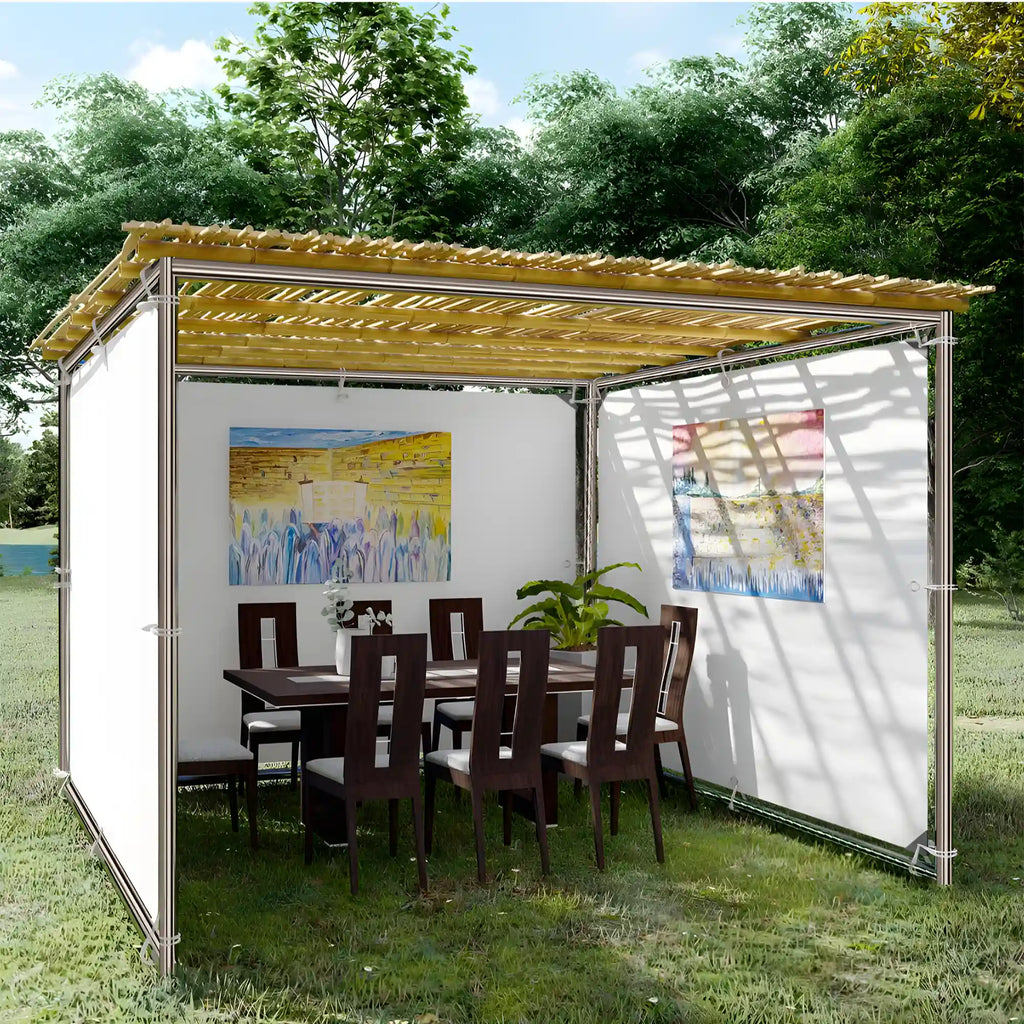
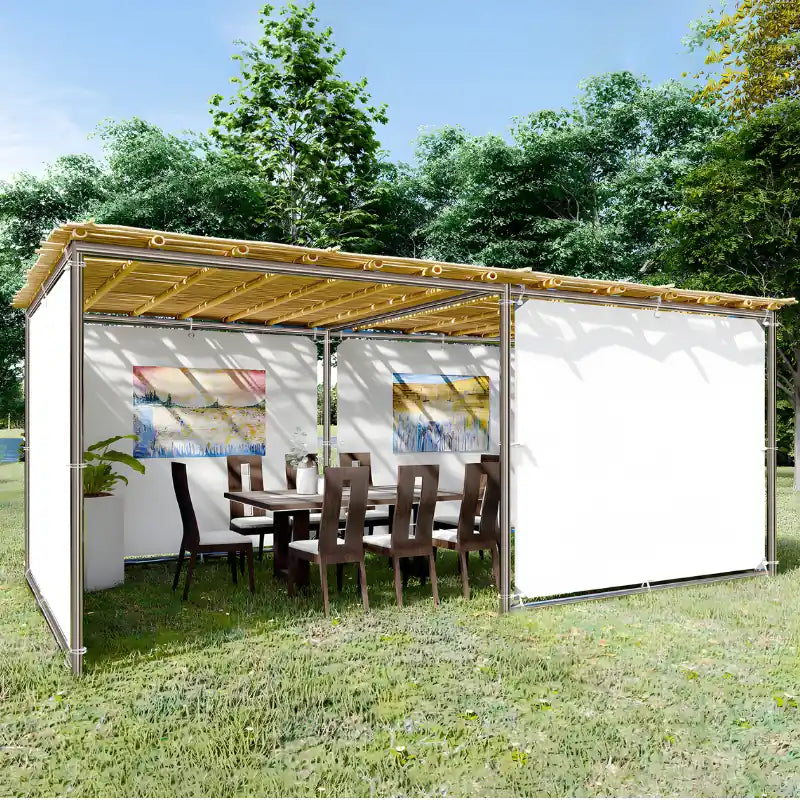
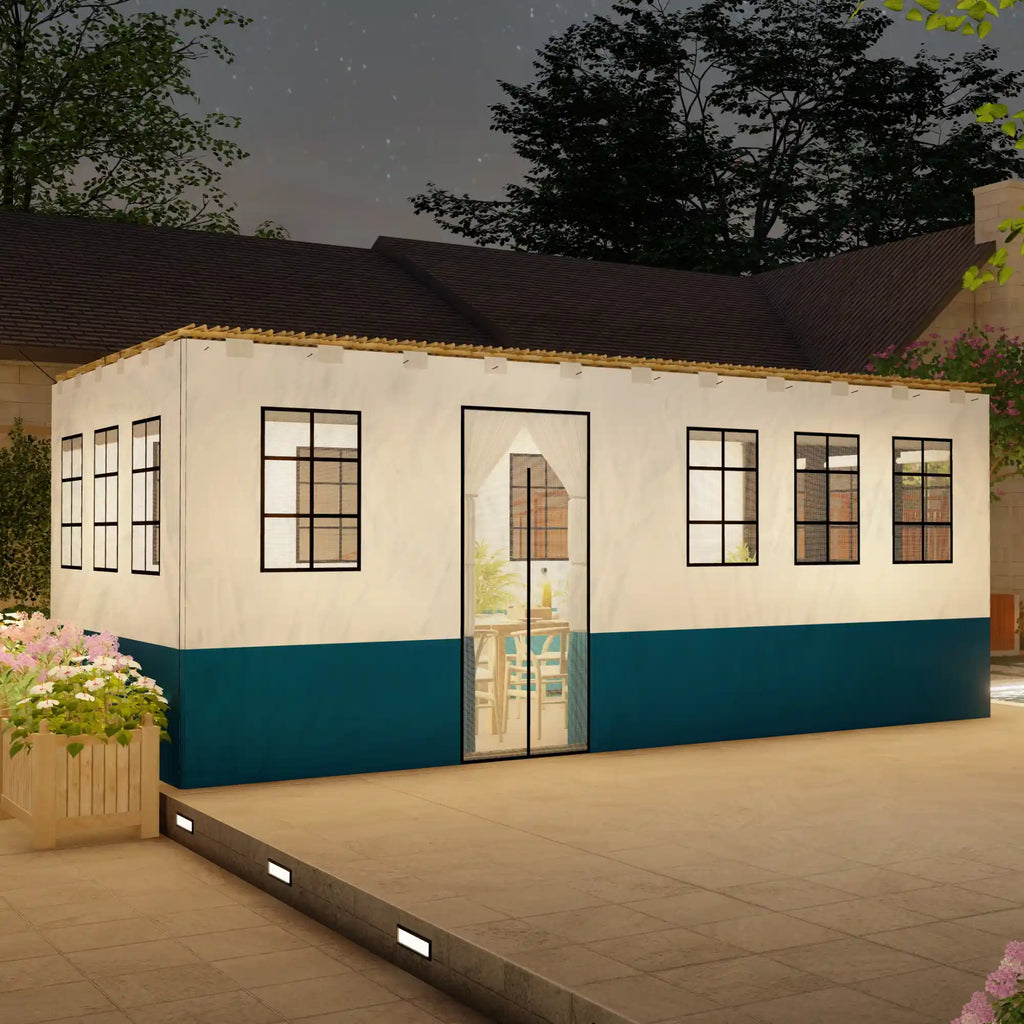
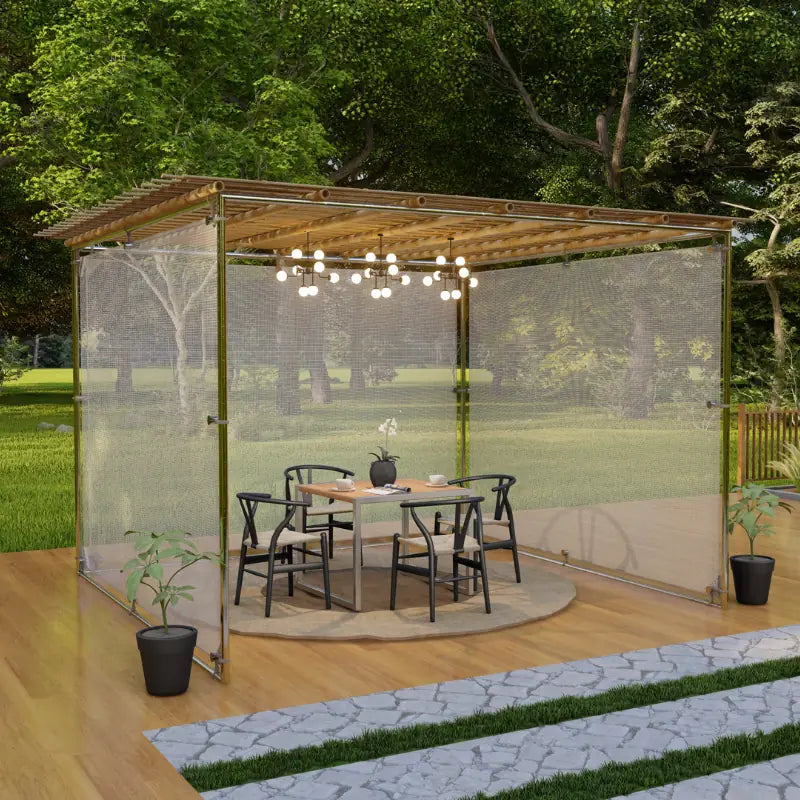
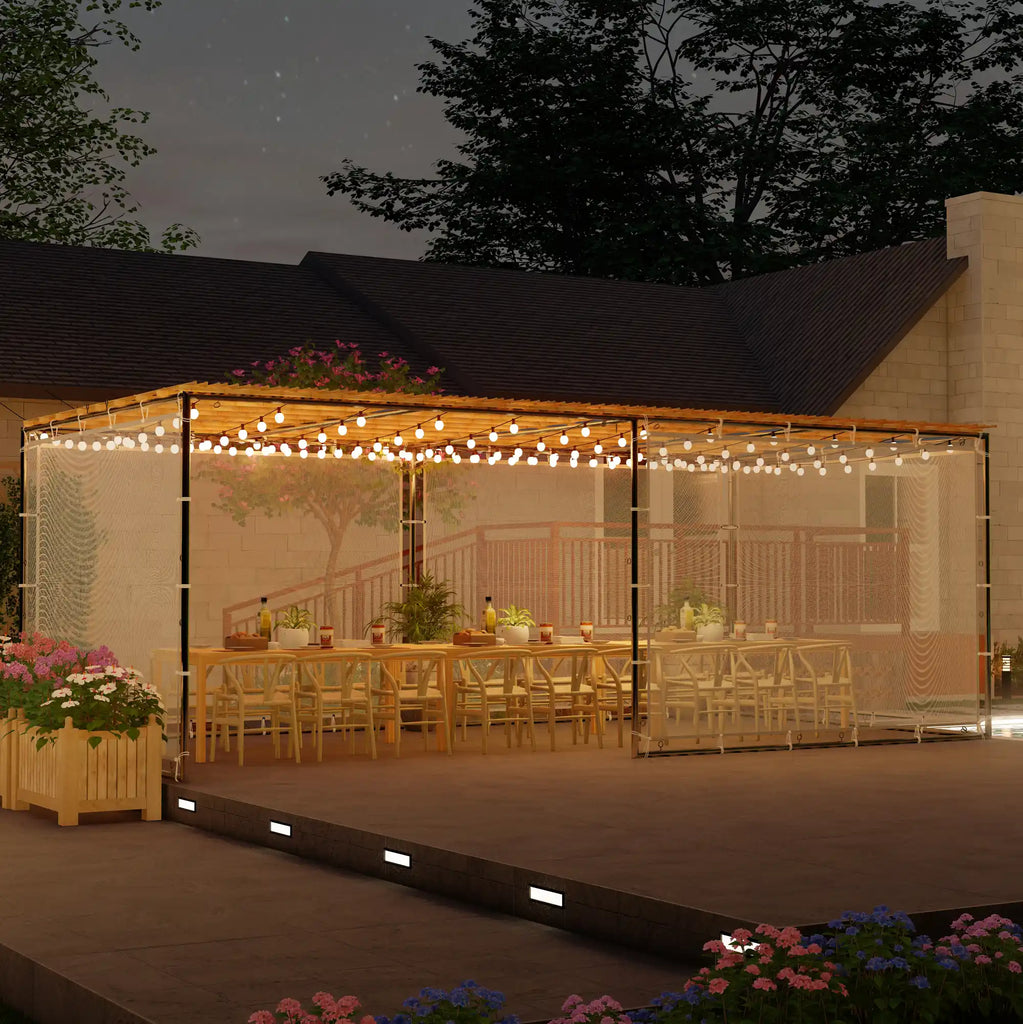
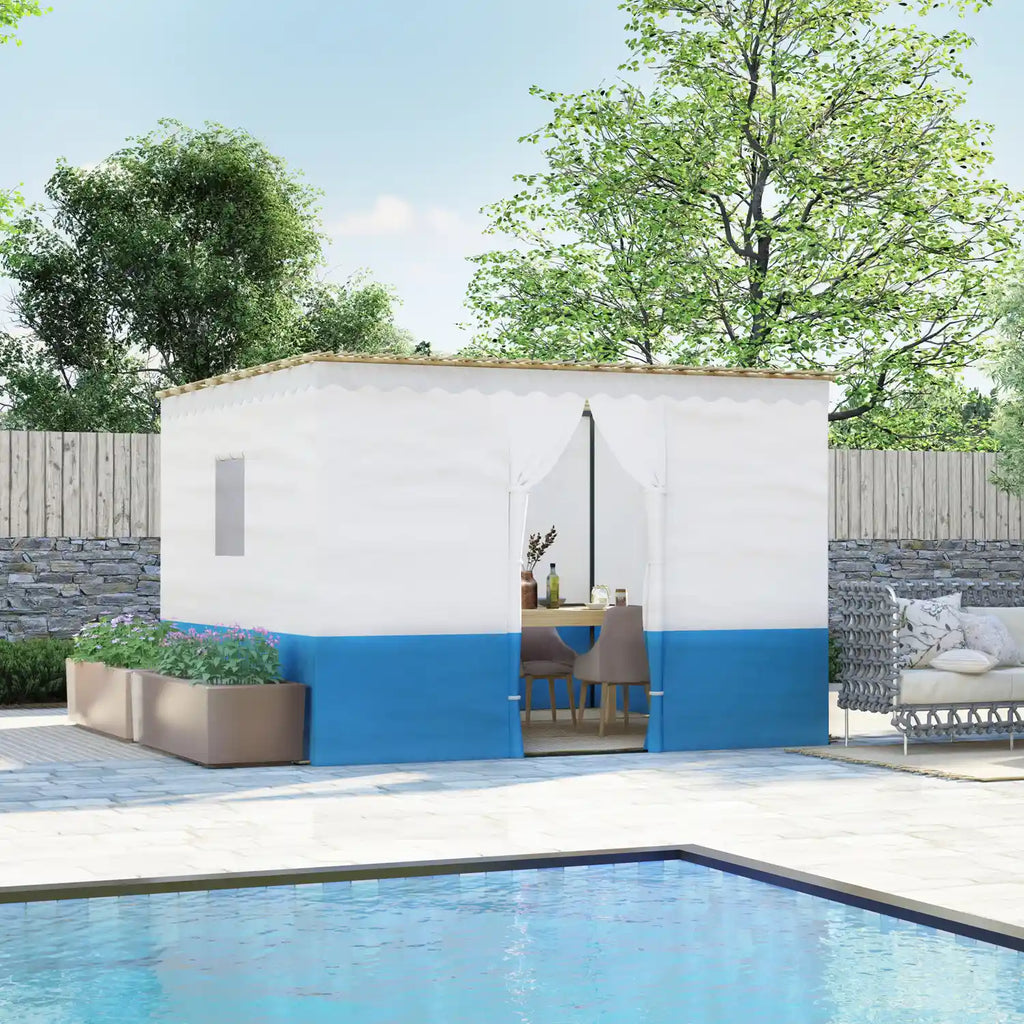

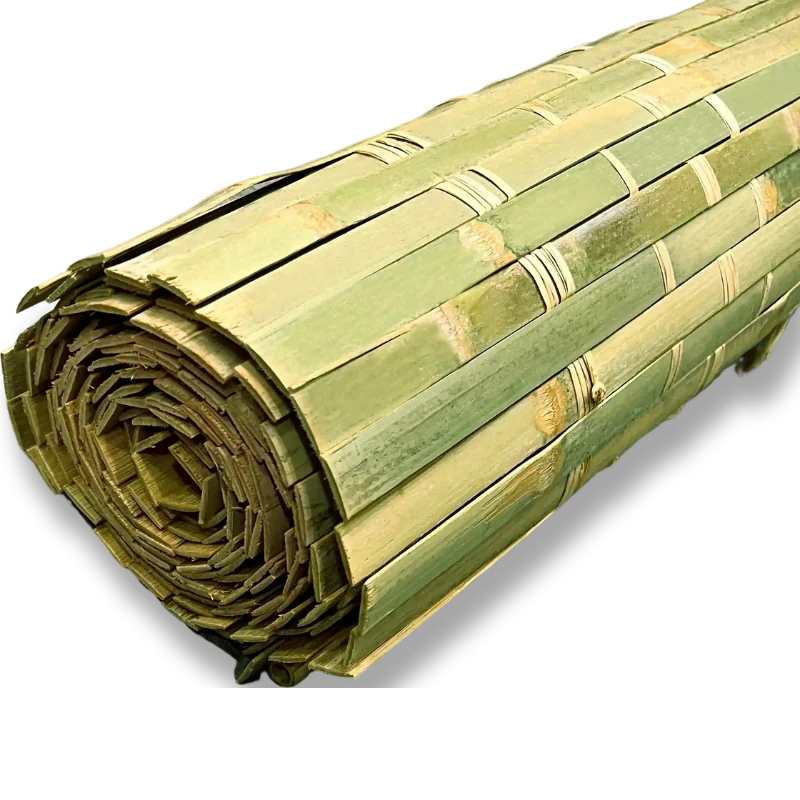
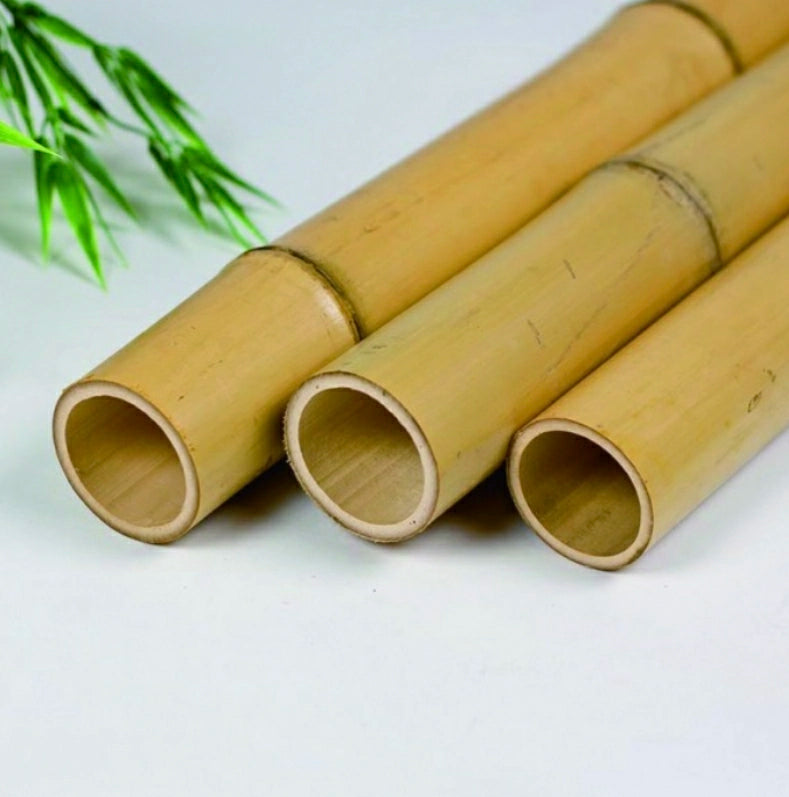
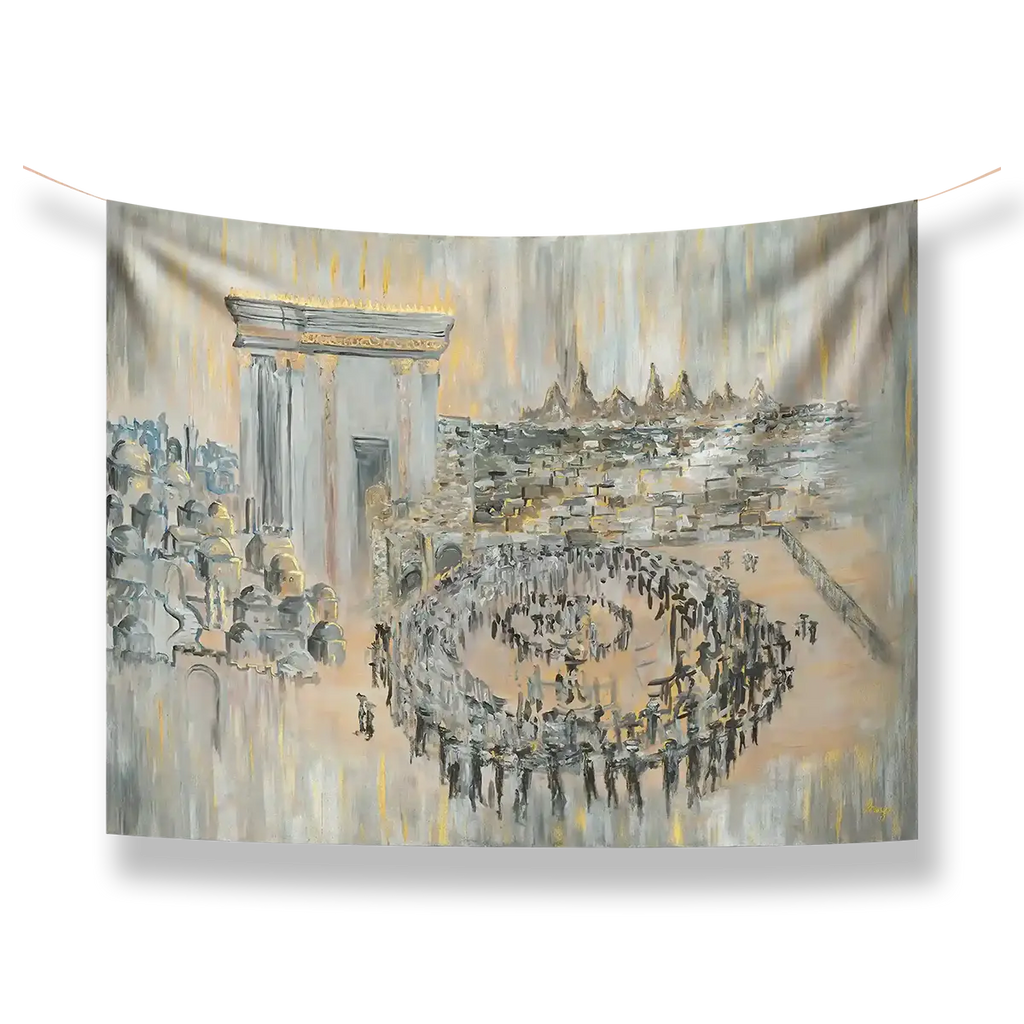
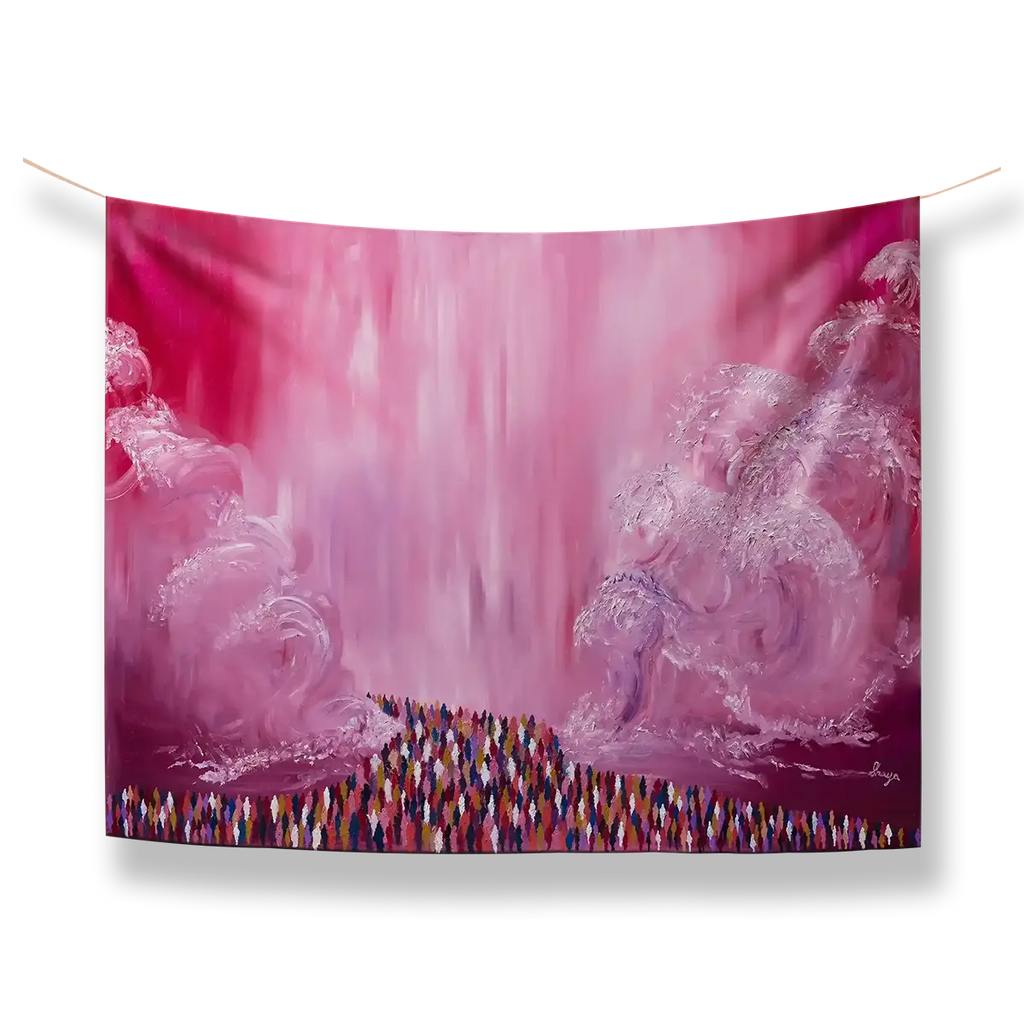
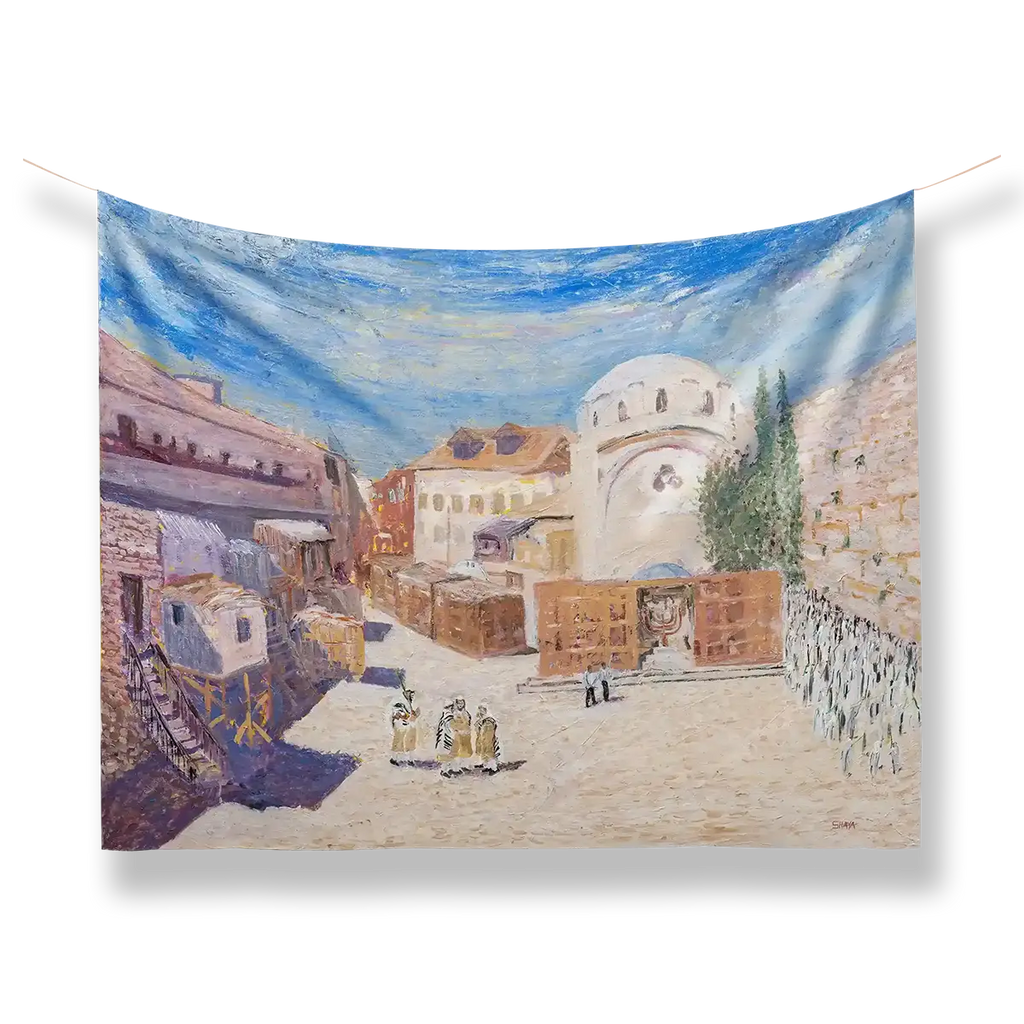
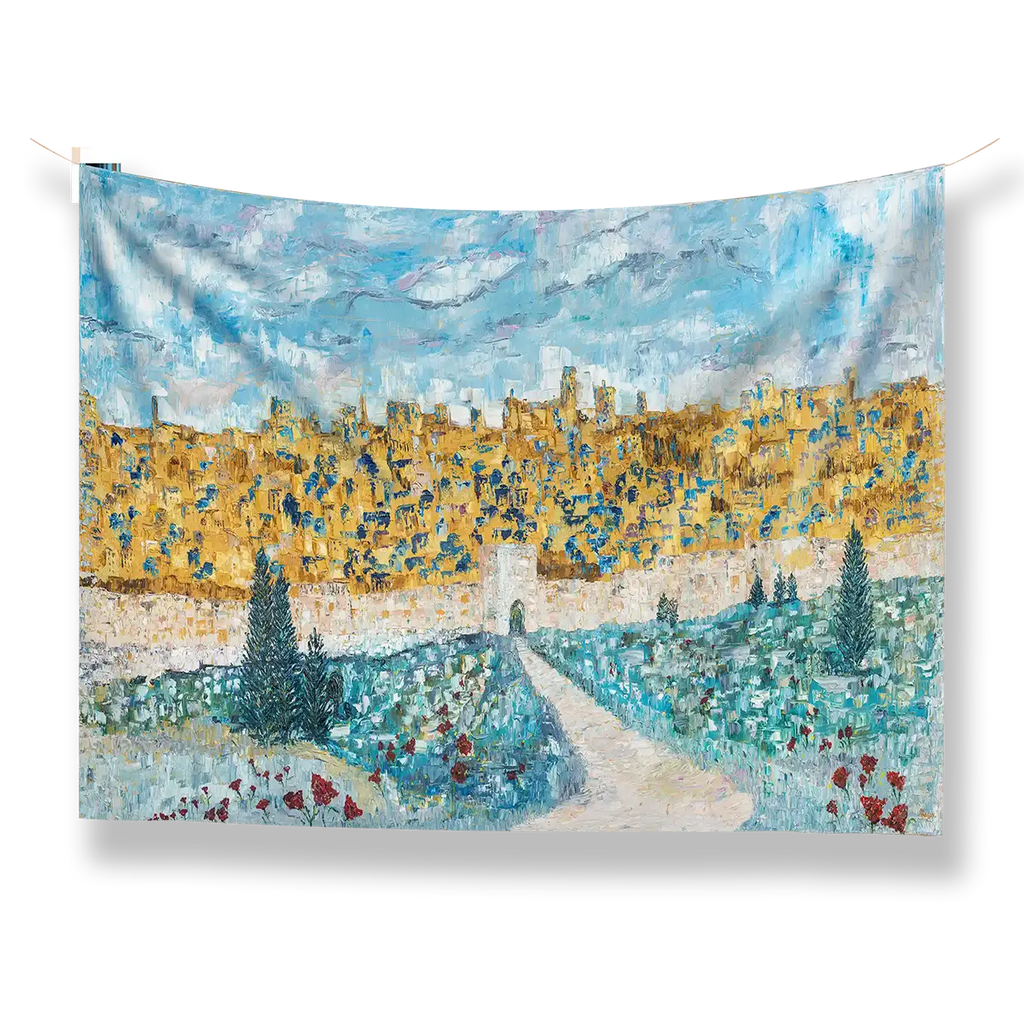
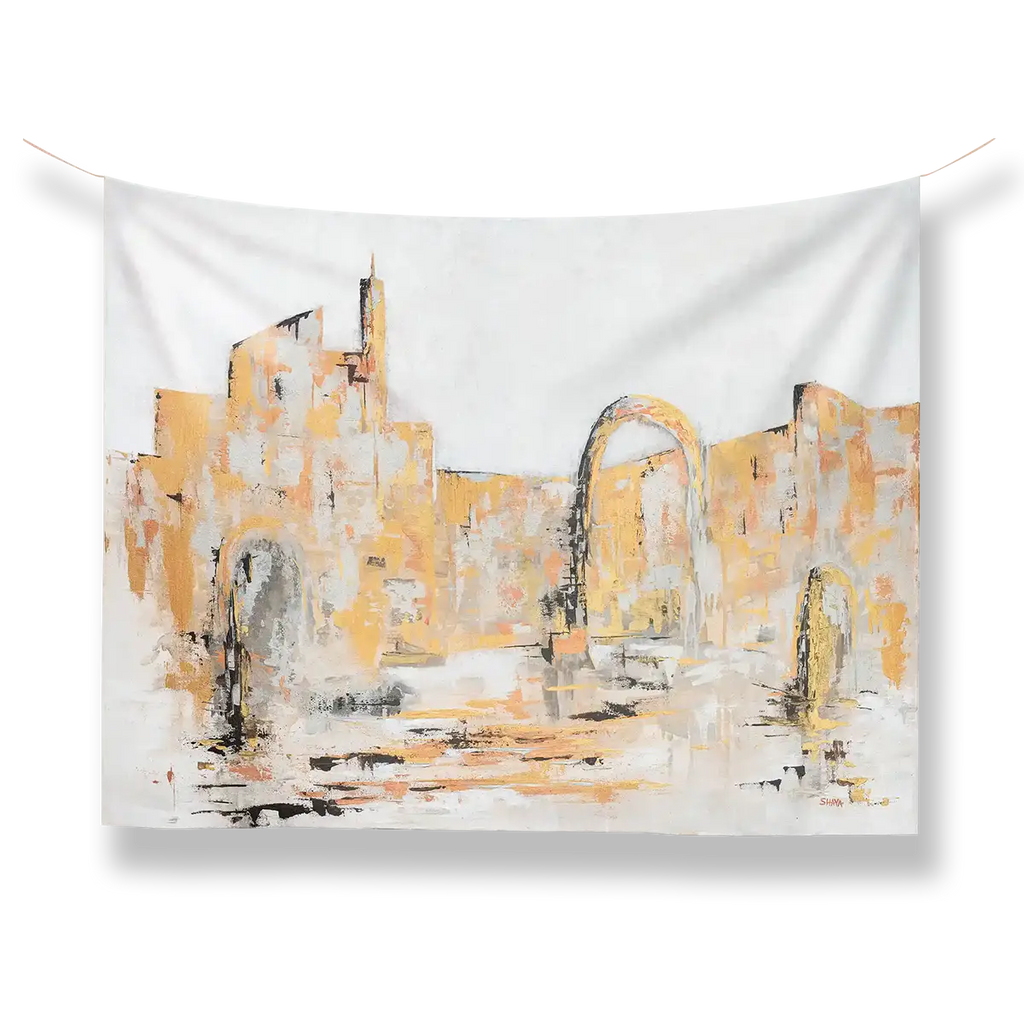
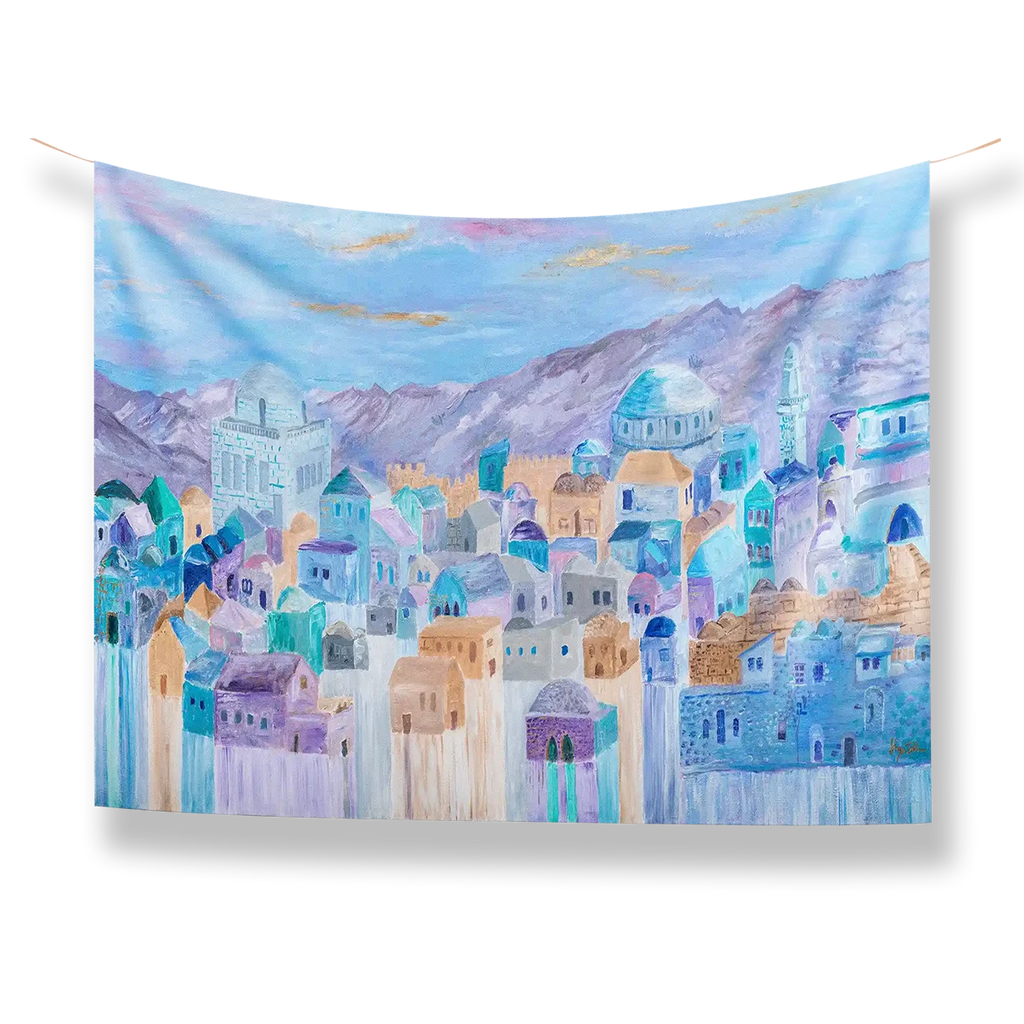









Beautiful article, and very inspiring!!! Of course our dependence on the Earth really means our dependence on God. For he is the creator and sustainer of Earth!
Leave a comment